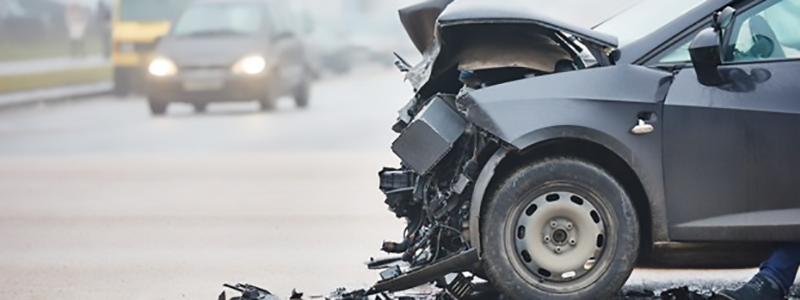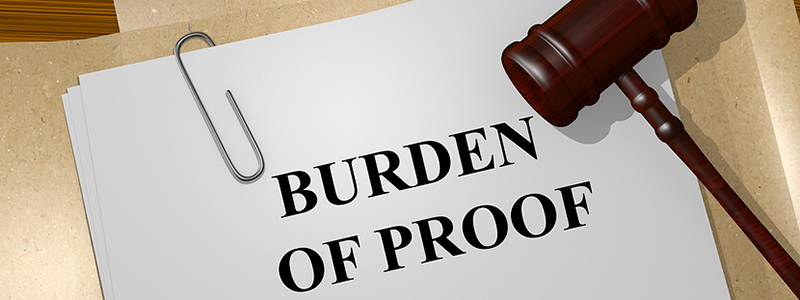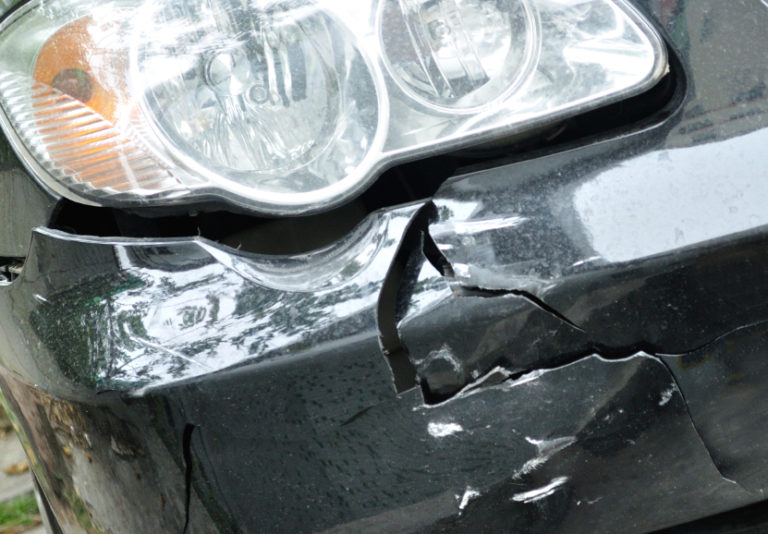A Guide to Understanding Tort Law Part 2: Unintentional Tort Claims
In part 1 of our 2-part series, we told you all about intentional torts. Now, we’re going to go over what you need to know about the other type of tort claim: unintentional torts.
Unintentional tort claims are the more common type of tort claim that we deal with as personal injury lawyers. That’s because accidents happen, and often these accidents are caused by someone’s negligence.
We can’t avoid accidents, but we can make sure that we’re fully educated on the right steps to take when they do happen.
Let us walk you through the world of unintentional tort claims. We’ll show you everything you need to know to get the most out of your case if it happens to you.

Recap: Tort Law in Canada
To recap from our last blog, Canadian Tort Law is the body of law that governs personal injury claims. The purpose of tort law is to hold someone liable for the harm they cause you or your property, and to seek damages for your losses.
Tort law is more focused on getting the victim compensation as opposed to punishing the defendant. In fact, a “tort” means “a wrong” in Latin.
In some tort law cases, depending on the severity of their actions, the defendant will be punished according to the Criminal Code of Canada in a criminal law court. This happens more often in intentional tort cases, such as assault or sexual violence.
A criminal case would be separate from your private law tort claim and you would still be able to sue for compensation.

What is an Unintentional Tort?
Unintentional torts are the second type of tort. This type of tort is categorized by negligence.
When someone is careless and their actions cause you pain and suffering, they are negligent. They can then be held liable for their actions against you, even if it was an accident.
Everyone has a responsibility in society to uphold a duty of care to one another. The duty of care is an obligation we all have to avoid careless actions that could cause other people harm.
When someone breaks that duty of care, and you’re injured as a result, you have the right to sue them for compensation.

Examples of Unintentional Tort Claims
The majority of personal injury claims are classified as unintentional tort claims. Here are some of the most common examples of unintentional torts.
Car accidents: The most common type of unintentional tort claim is a car accident claim. If someone’s mistake causes an accident and you get hurt, you could be eligible for compensation.
Slip and falls: These accidents can happen for a variety of reasons. You could slip and fall anywhere you go, from the grocery store to your work.
When someone does not maintain their property, and you fall and suffer an injury, they are negligent. For example, if a store owner doesn’t put salt down in the winter and you slip on their walkway, they were not upholding their duty of care to their customers.
Accidents at work: If you’re hurt, it could be because your employer was negligent in maintaining the health and safety codes of the workplace.
Premises liability: When you go to someone’s home, they are responsible for preventing any safety hazards to the best of their knowledge. If you hurt yourself on their property, and it could have been avoided, they are negligent.
For example, if they are renovating their home and leave construction supplies laying around, they could be held negligent if you trip and fall.
Other types of unintentional torts include:
- Product liability claims
- Medical malpractice
- Cruise ship accidents
- Accidents at the gym
- Motorcycle accidents
- Commercial host liability
- Social host liability

What to do When Someone is Negligent
In court, it’s up to you to prove that the defendant was negligent, and that their actions directly caused your injuries. This is called the Burden of Proof.
There are 3 factors that you must prove to hold someone negligent:
- Duty of Care: you need to be able to prove that the defendant owed you a duty of care, or had reason to look out for your well-being. For example, if you were visiting their home, they would have had a duty of care to you to remove any hazards you could injure yourself on because you were on their property.
- Standard of Care: you also need to prove that the defendant failed to provide a standard of care to you that someone else would have done in the same situation. It’s used to determine how much care that person owed you, and it’s different for everyone. For example, if the defendant was a nurse, they would be held to a higher standard of care.
- Cause-in-fact: the final thing you need to be able to prove is that the defendant’s actions directly caused your injury. This is where the evidence will be key.

Follow These Steps to File an Unintentional Tort Claim
Here’s what you need to do when you’re ready to file an unintentional tort claim.
As soon as the accident happens, take as many photos as you can. The more evidence you have, the more proof you’ll have in court. This also goes for any other documents, records, and reports you encounter after the accident.
Next, contact a personal injury lawyer right away. They will sit down with you and go over the details of your case, letting you know what options you have.
You could be eligible to seek compensation for the following damages:
- Pain and suffering
- Lost income from missed work
- Income you will lose in the future from not being able to work
- Caregiver expenses
- Medical expenses and costs incurred from treatment, rehabilitation, and prescriptions
Lastly, let your lawyer handle the case and work as your advocate. They will fight for you to make sure you get the settlement you deserve to move on with your life.

Contact Conte Jaswal to Take the Next Steps
Ready to take the next steps and get the compensation you deserve? Then it’s time to talk to Conte Jaswal.
We have seen our fair share of tort law claims, and we know what it takes to make sure you don’t get taken advantage of in court. You won’t be doing this alone.
Our empathy for your situation drives our passion to fight for you. We work with top medical and professional experts in Ontario to strengthen your case.
Contact Conte Jaswal now to set up your free, no-obligation consultation and take the right steps toward a better future.





